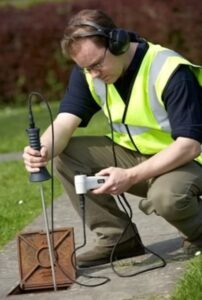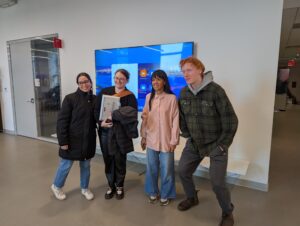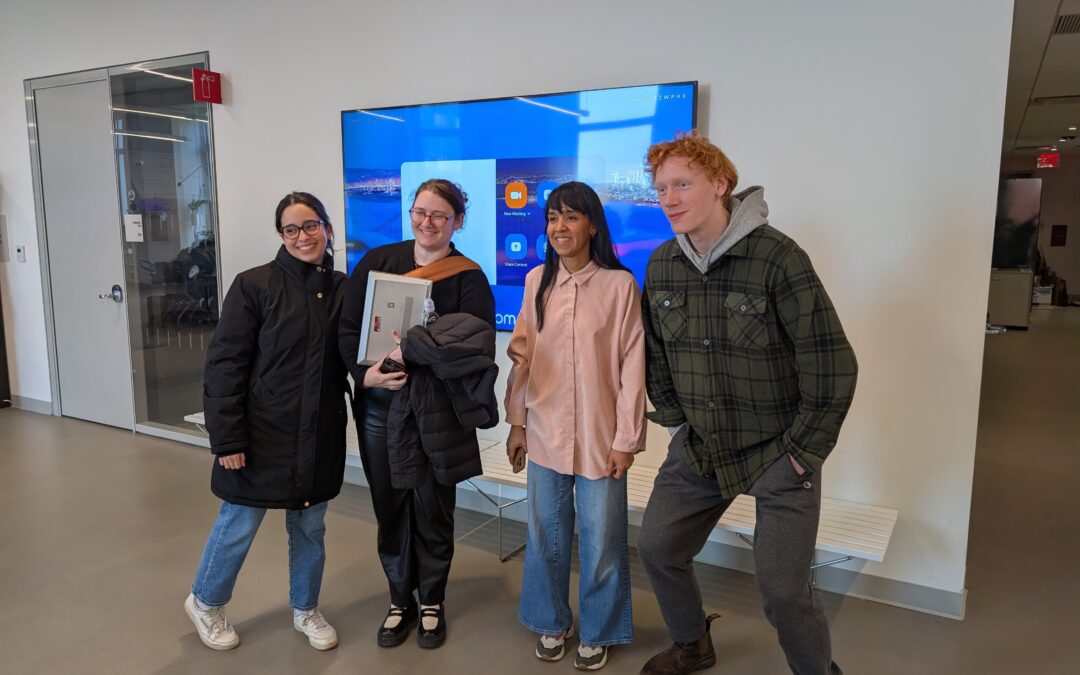The Hidden Crisis Beneath Our Streets
40% of the NYC pipes were installed before 1941 and the typical recommended lifespan for water mains is 50 to 70 years. This aging infrastructure is causing residents of NYC to lose 15% of all the water that passes through its pipes due to leaks and main breaks, equivalent to 235 Olympic sized swimming pools a day. This staggering volume of water loss represents not only a waste of resources but also signals the deteriorating state of infrastructure that millions depend on daily. As these aging systems continue to degrade, the frequency of disruptions and the cost of emergency repairs will only increase, creating a growing burden on the city’s resources and residents’ quality of life.
Current Limitations in Infrastructure Management
The NYC Department of Design Construction (DDC) faces significant challenges in addressing this crisis. Pipe replacement projects are prohibitively expensive, often costing millions of dollars per mile of pipe. Beyond the financial burden, there’s a strong desire to minimize disruptions to daily life—road closures, noise pollution, and service interruptions severely impact residents and businesses alike. Logistical challenges further complicate matters, as coordinating repairs in a densely populated urban environment requires navigating complex permit processes, utility coordination, and traffic management systems.
Current monitoring methods rely primarily on acoustic listening with LMics. While these provide some detection capabilities, they offer limited data, cannot see inside the pipes, and only identify problems once they’ve developed to a significant degree and can be too late for preventative action. This reactive approach to infrastructure management leads to emergency repairs that cost significantly more than planned maintenance and cause greater disruption to city life.

Envisioning a Post-Anthropocene Future
Looking toward 2050, we imagine a “post-anthropocene” scenario where both planetary health and societal conditions are thriving. In this future, cities have transitioned from exploitative relationships with natural resources to regenerative systems that work in harmony with the environment. Water infrastructure has evolved from a failing liability to an intelligent, self-monitoring network that preserves resources and prevents disruption. This vision requires innovative solutions that bridge the gap between our current challenges and this optimistic future.
Mosaic is working to bridge today’s aging infrastructure with tomorrow’s intelligent networks—solutions that can work with existing pipes while gathering the comprehensive data needed to guide the development of next-generation systems. Our solution, InfraSense, fills this critical gap by providing the deep infrastructure insights necessary to make this transformation possible, enabling cities to extend the lifespan of current systems while also investing in future implementations.

InfraSense: Seeing the Invisible
InfraSense is a non-invasive sensor technology designed to diagnose water infrastructure conditions, generate 3D visualizations of potential flaws, and provide continuous monitoring and risk forecasting through muon tomography. Muon tomography detects and observes how naturally occurring particles from space, specifically muons, pass through material in order to infer its structure. This detection process allows us to continuously map NYC’s underground without breaking the pavement. By leveraging AI trend analysis, InfraSense empowers authorities with up-to-date, accessible data to enhance decision-making and streamline operations, saving time and money.
This revolutionary approach transforms infrastructure management from reactive to proactive. Rather than waiting for failures to occur, InfraSense identifies developing issues early, allowing for planned, targeted interventions that minimize cost and disruption. The system’s continuous monitoring capability creates a dynamic, evolving map of the city’s water infrastructure, highlighting vulnerable areas and predicting potential failure points before they become critical.
By implementing InfraSense, New York City can begin the journey toward that 2050 vision—preserving water resources, extending the life of existing infrastructure, and making smarter decisions about where and when to invest in replacements. This transition from emergency response to strategic management represents not just a technological advancement, but a fundamental shift in our relationship with critical infrastructure and the resources it manages.



Recent Comments